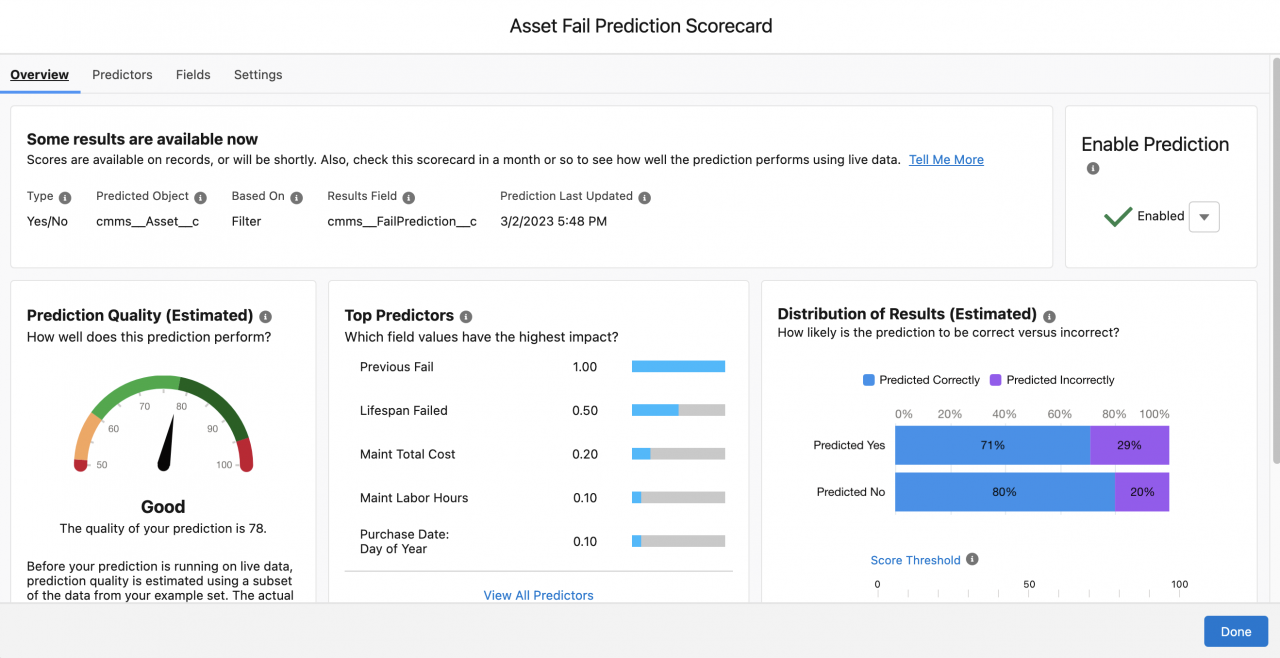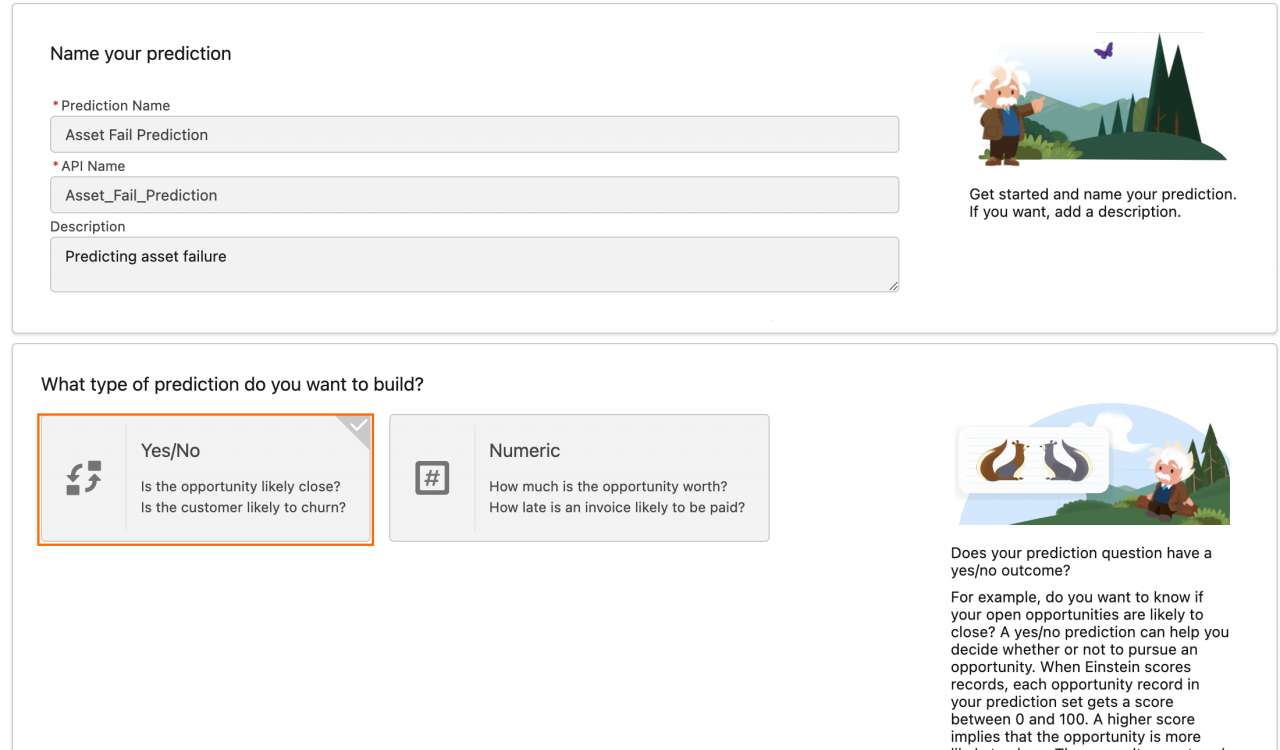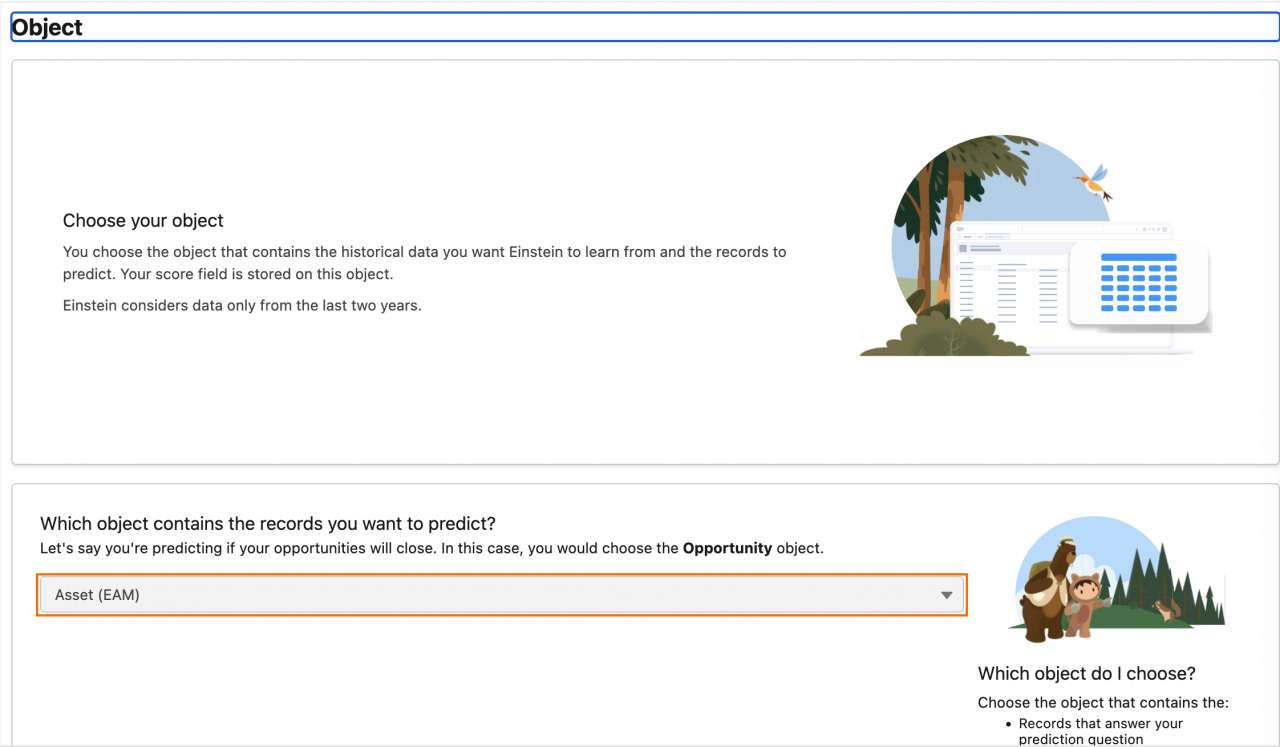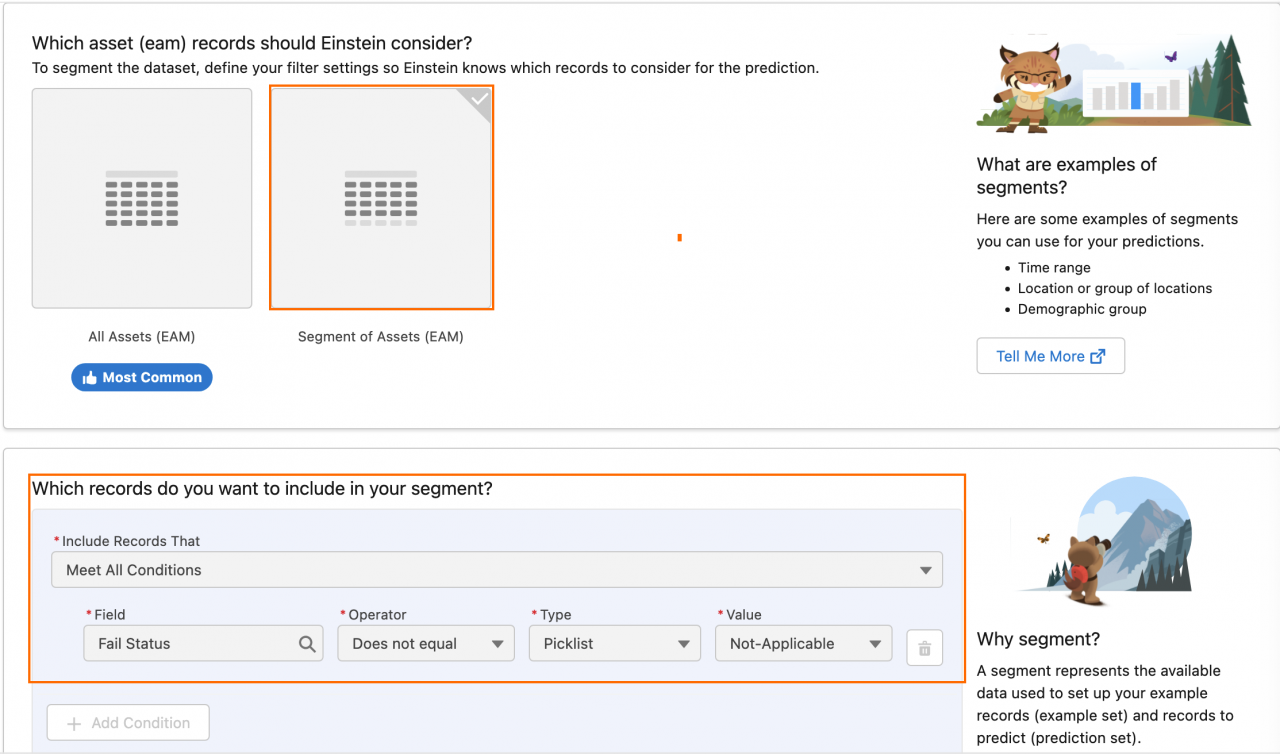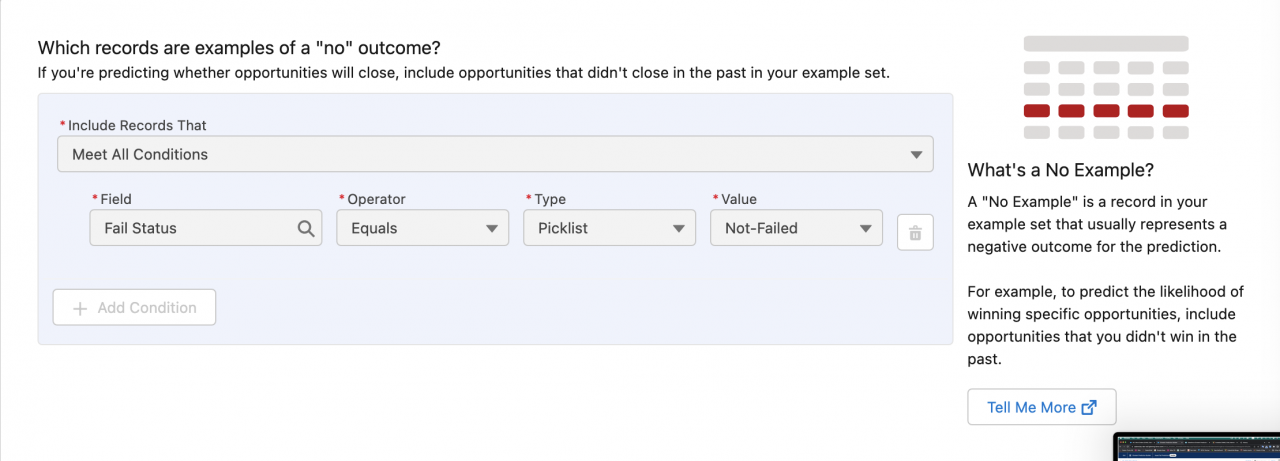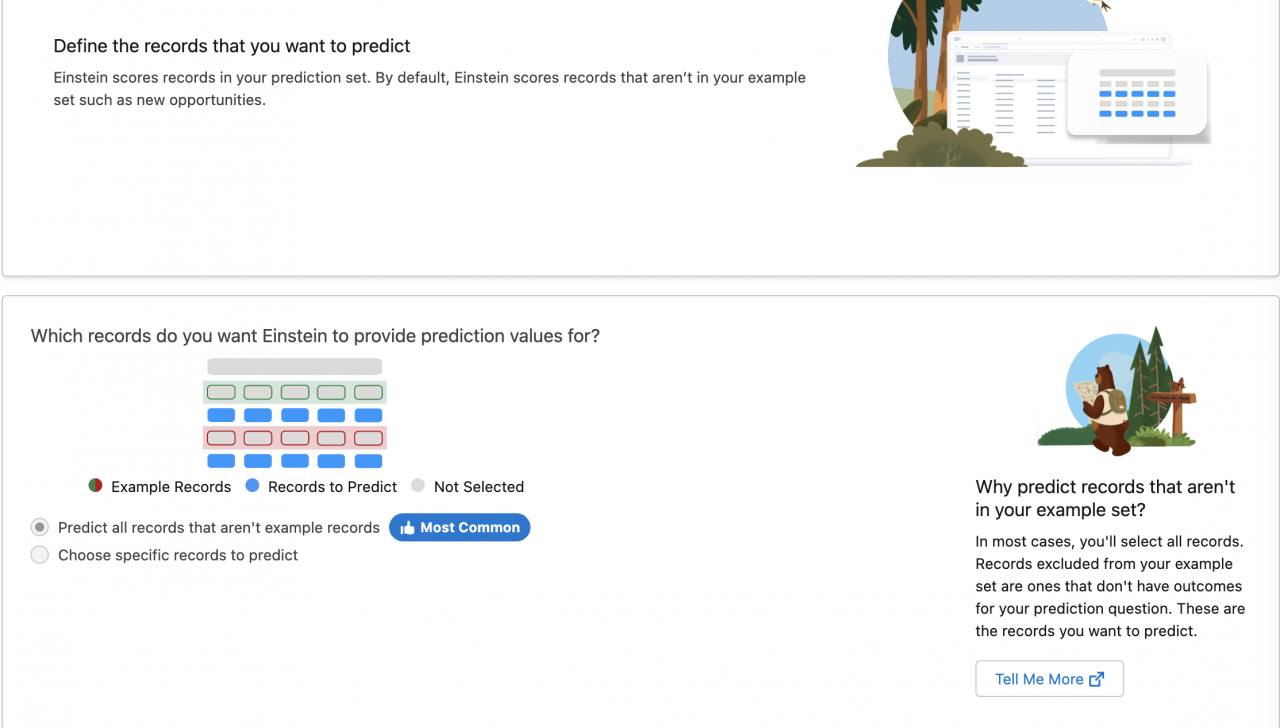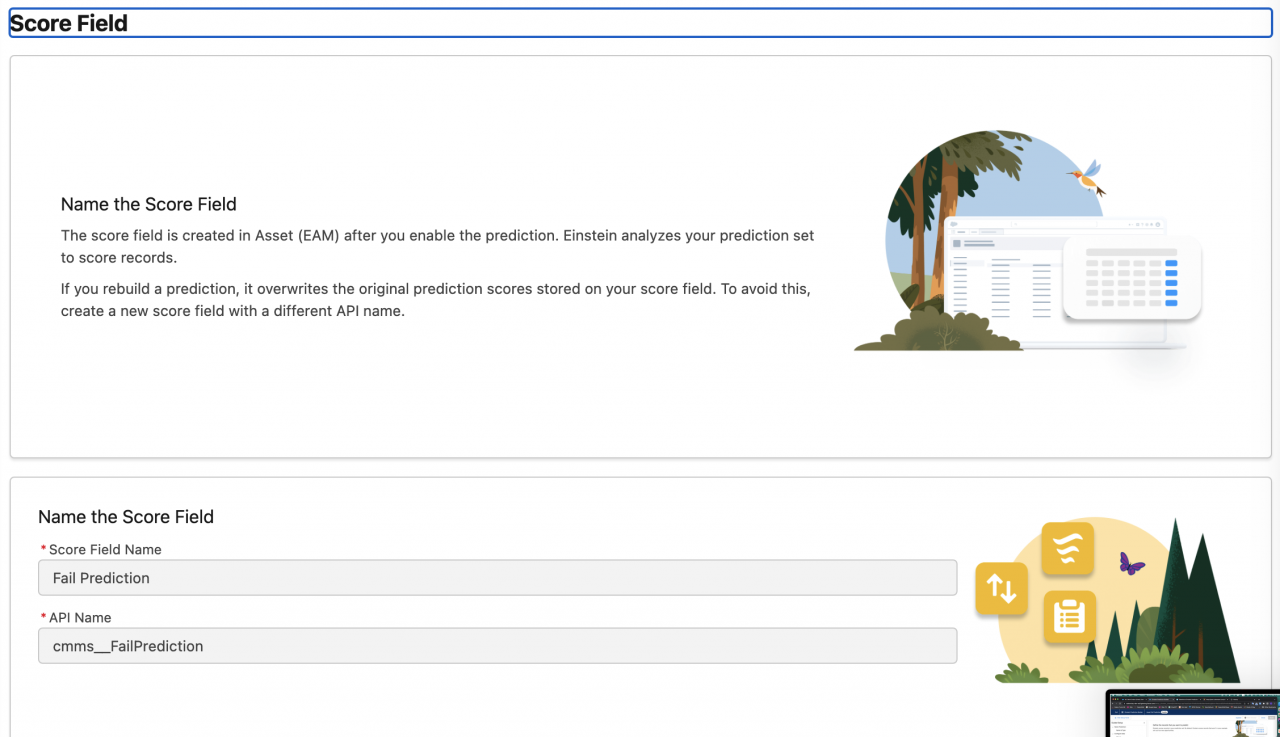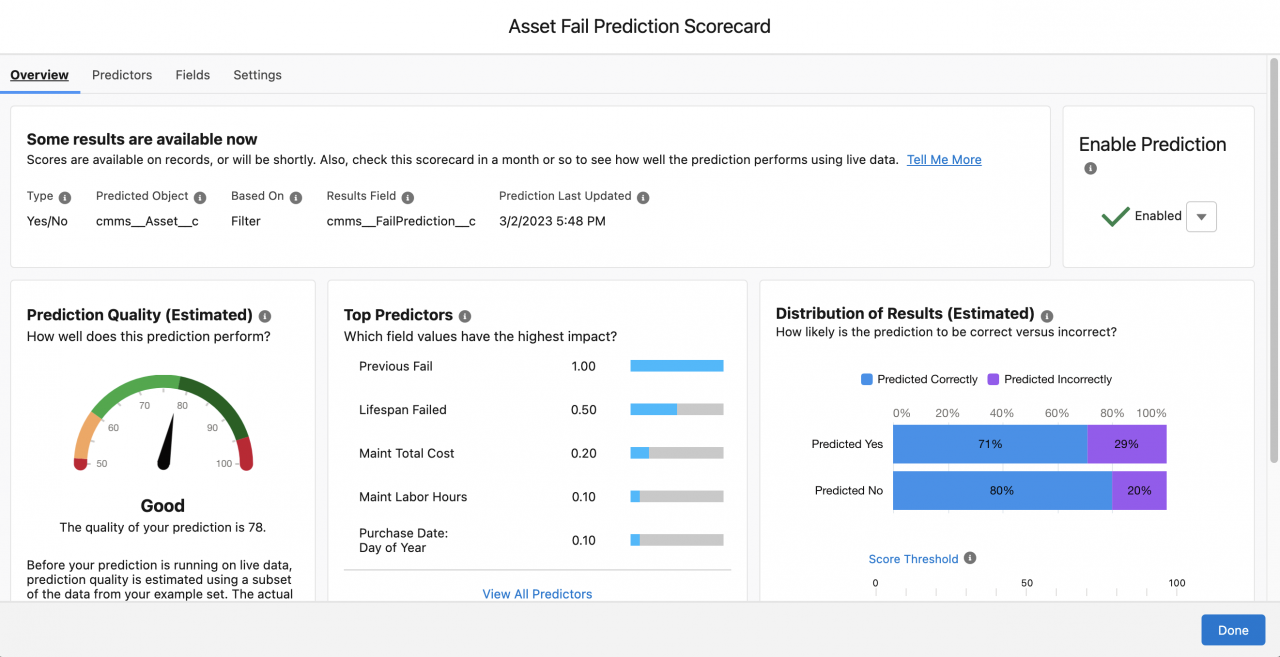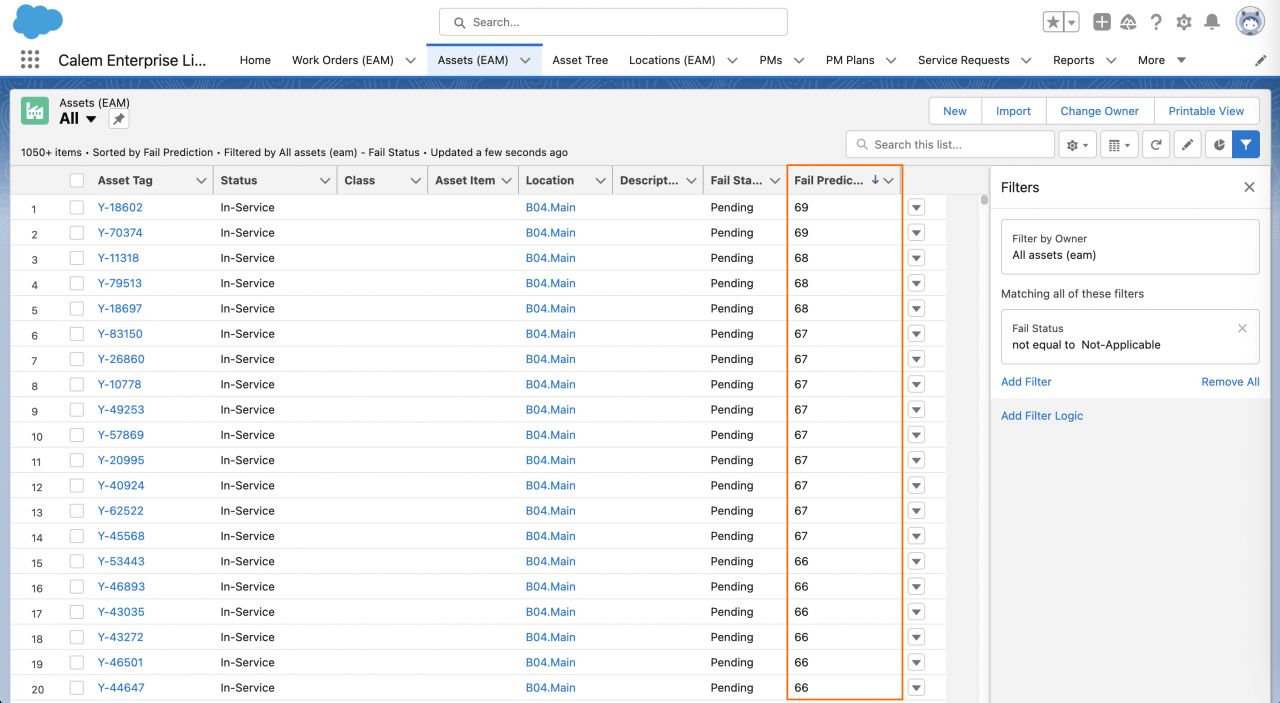Calem Blogs
Calem AI: Asset Failure Prediction by AI (artificial intelligence)
This blog is deprecated. See this blog for asset failure prediction.
Artificial Intelligence (AI) is a technology for tackling complex problems such as answering questions. For instance, I got the following response when asking ChatGPT, an AI powered chat bot, "Why AI":
Why AI
by ChatGPT
AI, or artificial intelligence, has the potential to revolutionize many aspects of our lives, from healthcare and transportation to entertainment and education. AI systems are capable of analyzing vast amounts of data, detecting patterns and insights that may be difficult or impossible for humans to discern. They can also automate tedious or dangerous tasks, freeing up humans to focus on more creative or fulfilling work.AI has already made significant contributions to fields such as natural language processing, computer vision, and robotics. It has the potential to greatly improve medical diagnoses, personalized healthcare, and drug discovery. It can also help reduce energy consumption and waste in industries such as manufacturing and agriculture.
Overall, AI has the potential to create significant benefits for society, but it also raises important ethical and social concerns, such as job displacement and bias in decision-making. Therefore, it is important to approach AI development and deployment with caution and consideration for its potential impact on individuals and society as a whole.
1. Salesforce Einstein Prediction
Machine learning is a type of AI that enables computers to solve problems based on data examples. Einstein Prediction is based on an end-to-end automated machine learning engine developed by Salesforce. It is used to predict asset failure in Calem in the coming release of R2023a.
2. Calem Enterprise Lightning
Calem Enterprise Lightning is a a native application On the Salesforce platform™ for Enterprise Asset Maintenance Management (EAM/CMMS). It is available through Salesforce AppExchange since 2018.
3. Asset Failure Prediction
Asset Failure Prediction is implemented through an integration of Calem Enterprise with Calem Enterprise Lightning on the Salesforce platform™.
- Assets from Calem Enterprise are synchronized in the background to the Calem Enterprise Lightning in the Salesforce.
- Asset failure prediction is calculated in the Calem Enterprise Lightning.
4. Asset Data Segmentation
Asset data is segmented based on Asset Failure status which is available from R2023a. Example data is prepared by data analysts of Calem customers so the prediction is trained for the customer assets.
- At least 400 assets are required for failure prediction
- At least 100 assets that failed within lifespan.
- At least 100 assets that have not failed within lifespan.
| Asset Fail Status | Data Segmentation |
| Failed | These assets failed within lifespan. They are used as examples for failed assets. |
| Not-Failed | These assets do not fail within lifespan. They are used as examples for assets not failed. |
| Pending | These assets will be predicted for failure. |
| Not-Applicable | Ignore asset failure prediction for assets of this fail status. |
5. Einstein Prediction Builder
Go to Admin module of Calem Enterprise Lightning and search for "prediction". Einstein Prediction Builder will show. Launch the builder to create a prediction for asset failure.
- The prediction type is "Yes/No" for predicting the probability of an asset failure.
- Select Calem asset object for prediction: Asset (EAM).
- Do not include assets of fail status "Not-Applicable" for prediction.
- Define the Yes examples that asset failed.
- Define No examples that asset do not fail.
- Select or exclude fields to be included in asset fail prediction. All fields in the Calem Enterprise Lightning are selected for prediction.
- Predict all asset for failure excepting example assets.
- Add a new custom field to store prediction scores.
That is all to create the asset fail prediction. It takes a while for Einstein to provision the prediction. You may come back to the prediction builder later to continue the prediction setup.
- Once the prediction is processed its scorecard is available.
- See this article to understand the scorecard.
- Next, enable the prediction.
- It may take a while for Einstein to generate asset failure scores.
6. Evaluate Asset Fail Prediction
The evaluation of asset fail prediction help understand the prediction including answers for the questions below.
- How effective is the asset fail prediction?
- What is the prediction score range that indicates an asset is likely to fail?
- For instance, an asset of prediction score of 54 or above is likely to fail soon.
- Business processes and alerts can then be configured based on the evaluation.
- See this article for steps to perform the evaluation.
Additional Resources
- Einstein Prediction Builder: How to Turn Your Idea Into a Prediction
- Einstein Prediction Builder: Understanding Your Scorecard Metrics and Prediction Quality
- Einstein Prediction Builder: How Do I Know if My Prediction Is Working?
- Asset Lifespan Alerts
- Asset Timeline View
- Steps to Developing Asset PM Checklist
- Asset Setup
- When to use Asset Item in Calem
- Asset Item and Bill of Material (BOM)
- How to Use Class and Class Attributes
- Inventory Setup
- User Guide and Admin Guide (customer account required)
- Calem Enterprise Training Site
- Calem Enterprise Blogs
- Calem Enterprise demo
Related Posts
By accepting you will be accessing a service provided by a third-party external to https://eam.calemeam.com/
